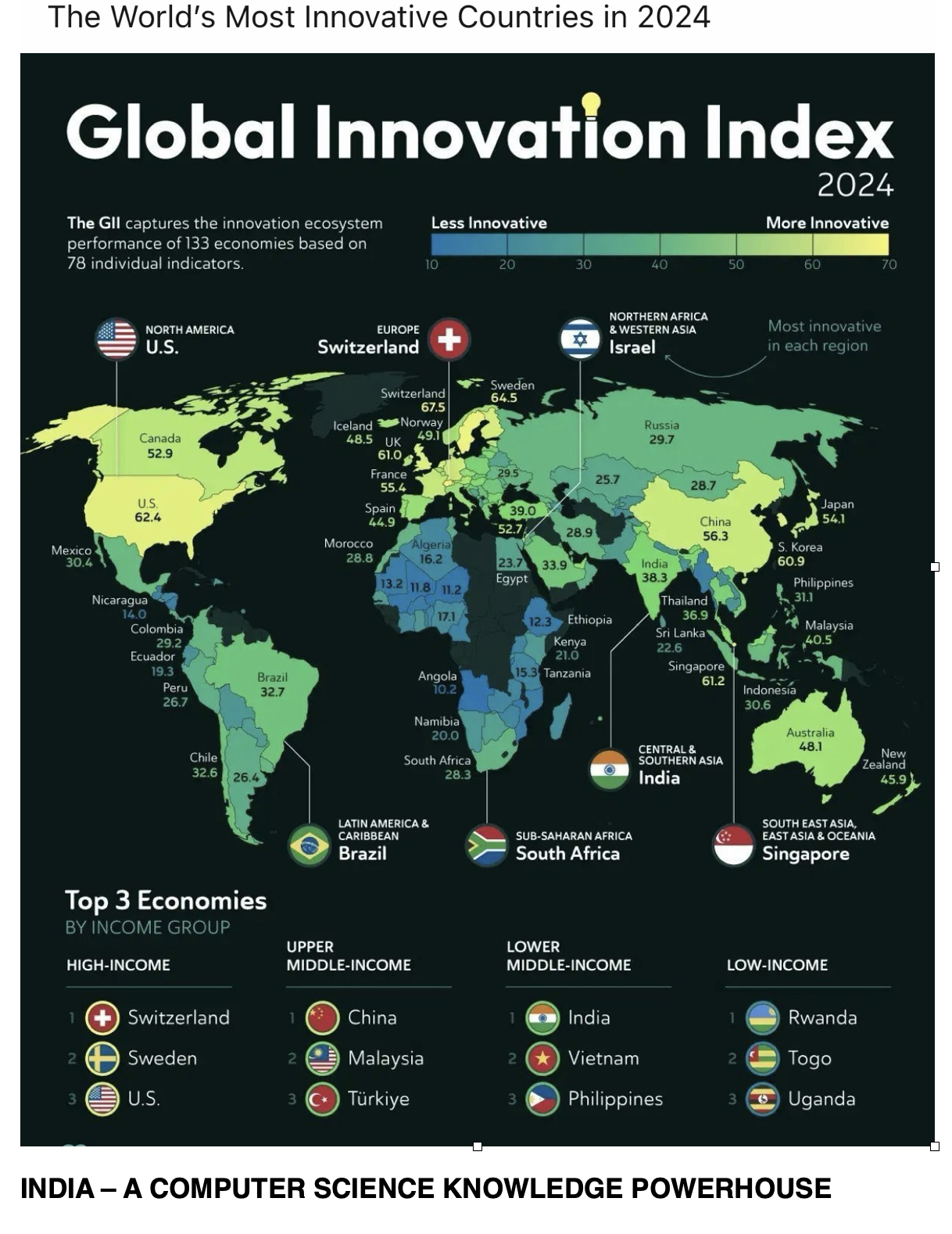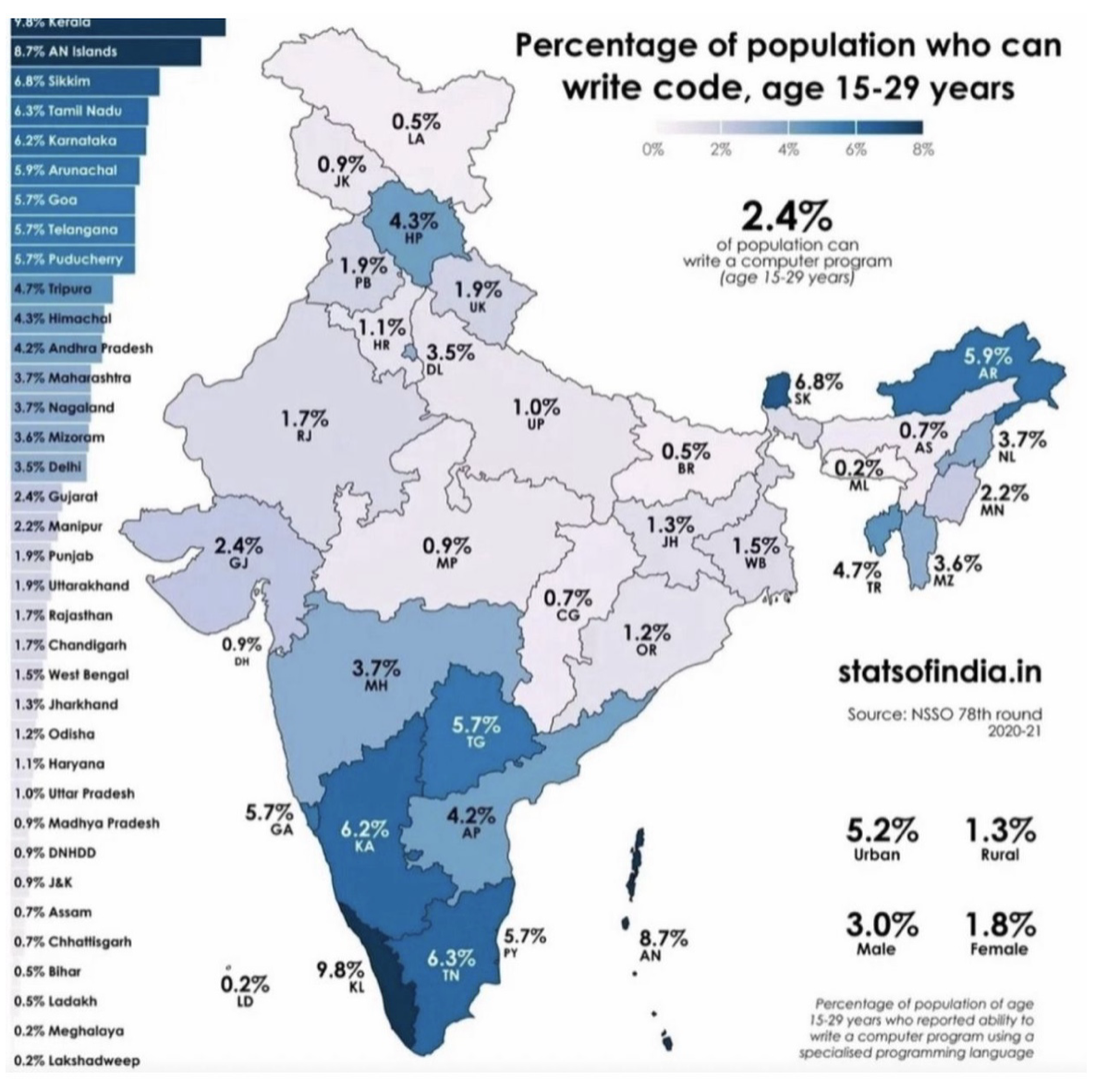
(THE PROS AND CONS OF PAYMENT APPS)
October 7, 2024
Hello everyone
WEEK AHEAD CALENDAR
Monday Oct. 7
8:30 p.m. Australia RBA Meeting Minutes
Tuesday Oct 8
6 a.m. NFIB Small Business Index (September)
8:30 a.m. Import/export goods data (August)
8:30 a.m. Canada Trade Balance
Previous: C$0.7B
Forecast: C$0.2B
Earnings: PepsiCo
Wednesday Oct 9
7 a.m. Mortgage Applications (week ended Oct.4)
10 a.m. Wholesale inventories (August)
2 p.m. FOMC minutes
Thursday Oct 10
8:30 a.m. CPI (September)
Previous: 2.5%
Forecast: 2.3%
8:30 a.m. Initial jobless claims (week ended Oct. 5)
11 a.m. New York Fed President John Williams speaks
Earnings: Delta, Tilray
Friday October 11
8:30 a.m. PPI (September)
8:30 a.m. Canada Unemployment Rate
Previous: 6.6%
Forecast: 6.6%
10 a.m. University of Michigan consumer sentiment
Earnings: BlackRock, Bank of NY Mellon, JPMorgan Chase, Fastenal, Wells Fargo.
This week will be lighter regarding economic data. Taking centre stage will be the US inflation data on Thursday. While inflation concerns have largely subsided, any unexpected increase would impact the dollar and rattle markets. Current market projections favour a 25-basis point cut in November.
Many major banks are expected to adjust interest rates in the coming months, which is likely to impact currency markets.
The nonfarm payroll number surprised many last Friday. September came in at 254k, the highest since May. The unemployment rate dropped to 4.1% from 4.2%.
Stocks were tentative initially but eventually rallied, bond yields rose as hopes for aggressive rate cuts by the Fed to support weak unemployment quickly faded. Quarter points rate cuts seem to be the favoured move in the months ahead.
PAYMENT APPS
Cashless and contactless interactions saw a dramatic upswing in the last few years, thanks to the COVID-19 pandemic.
Digital transactions are now commonplace. There are several mobile payment apps for Android and iOS. With just a quick tap, you can make payments, transfer money, and manage your finances on the go.
These apps are increasingly used as substitutes for a traditional bank or credit union account. For instance, some app users receive their paychecks via Cash App or PayPal, while others leave their funds sitting on the apps for future payments, treating them effectively like bank accounts.
The Consumer Financial Protection Bureau (CFPB) and other watchdogs indicate it’s often unclear if such money is insured against risky investments or fraud. State laws regulating how payment apps protect stored funds vary, creating a confusing patchwork that’s compounded by customer service challenges. And millions of Americans operate in the dark about how payment apps use or invest those funds.
Like all technology, mobile payment apps come with their own set of pros and cons.
Convenience and Accessibility
We all love the convenience mobile apps offer. You don’t need to carry around wallets or credit cards anymore – you just need your mobile phone.
If you are at a store, you can make a quick and secure transaction.
Enhanced Security Features
Many apps use encryption technology to ensure that your data is transmitted securely.
Additionally, most apps require authentication methods such as fingerprint or facial recognition before completing a transaction.
Integration with Loyalty Programs
Mobile apps can be integrated with loyalty programs offered by various merchants. This integration means that every time you make a purchase using the app at a participating merchant, you can earn loyalty points or rewards.
Should you leave money on your payment app?
Consumer groups have flagged it as a risky move. A digital payment app doesn’t carry the same protections for the funds you leave on it – so if its parent company struggles or fails, that money is vulnerable.
To gain insurance, most funds on Venmo, Cash App, and PayPal must meet specific requirements. Consumers can secure coverage on Venmo if they sign up for direct deposit or use the app to cash checks or buy and sell cryptocurrency; PayPal offers insurance to customers who use direct deposit or crypto or who open an app-sponsored debit or credit card. Cash App’s customers must link their account to an app-sponsored prepaid card. And some digital payment apps, including PayPal, have started to offer FDIC-insured savings accounts.
How do app companies use your money?
Payment apps make most of their money by charging fees from consumers who use a credit card or pay for instant money transfers. Apps that offer credit cards also receive swipe fees charged to businesses and interest charged to cardholders.
And they make money by investing the user funds left on apps.
Unlike the regulations on commercial banks, there is no clear regulation about how app companies can invest your money. In some states, app companies have free rein to invest in speculative ventures. Many apps also have unclear user agreements that don’t specify where users’ funds are stored – or what would happen to them if the payment app were to fail.
For example, Google Pay doesn’t specify where consumer funds are stored.
Digital app companies have certainly got room to improve. In the first instance, user agreements for digital payment apps need to do a better job of clarifying where funds are being held and explaining under what conditions they may be insured and what would happen if the parent company failed. In other words, customers need to have transparent information to make educated decisions.
TIPS FOR USING MOBILE PAYMENT APPLICATIONS SECURELY
1/ Use a dedicated credit card (or another type of financial account) for the mobile payment system that is not used for any other purpose.
2/ Monitor your financial statements online or through an app at least once a week. Double-check the amounts before confirming any transactions.
3/ Do not use an ATM or debit card, and NEVER link a checking account directly to a mobile payment system.
4/ Keep your mobile device secured with storage encryption, screen lock with password/fingerprint/face recognition.
5/ Follow password best practices and enable multifactor authentication whenever possible.
CRITICAL SECURITY ISSUES TO CONSIDER BEFORE CHOOSING A MOBILE PAYMENT SYSTEM
1/ Is the mobile payment app always active once the mobile device boots, or is it only active when its app is launched?
2/ Does the mobile payment app time out or become disabled after an idle timeout period, or does it stay operating in the background after use?
3/ Does the mobile app require a login, PIN, or another mechanism to authorize its launch?
4/ Does the mobile app require a confirmation when a transaction is attempted?
5/ Does the mobile payment app display the amount being charged before the transaction can be processed?
MARKET UPDATE
S&P500
The market is still rallying within a Wave 5 advance with no signs of exhaustion yet. New highs for the year are ahead, with the potential to reach nearly 6000 by year-end.
GOLD
Gold uptrend is still in progress. There is still potential for gold to extend toward the $3000 level over the coming weeks/months.
Next target = $2,720
BITCOIN
Bitcoin has been undergoing a correction.
The sell-off can find support around $57,900/$57,300 and possibly $55,000.
QI CORNER


SOMETHING TO THINK ABOUT


Cheers
Jacquie
